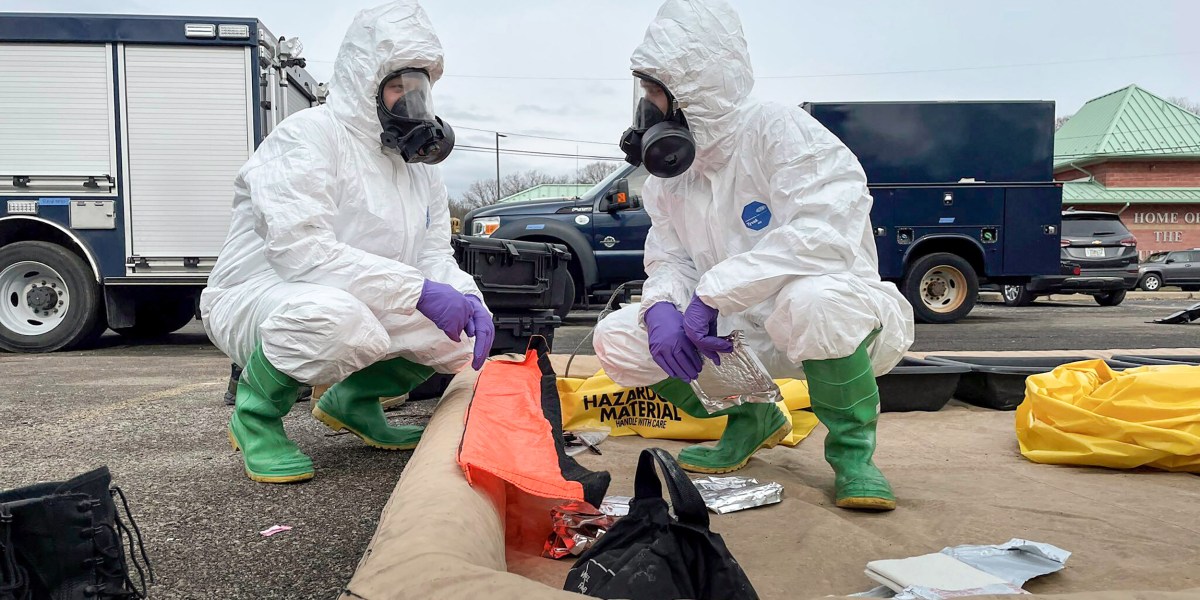We’re inhaling, eating, and drinking toxic chemicals. Now we need to figure out how they’re affecting us.

These kinds of tests aren’t available to the public yet, but they are being honed in multiple labs, and researchers are working on ways to test for even more chemicals.
That’s especially important because new chemicals are being developed all the time, and companies don’t usually need to put them through rigorous safety tests before they start using them, says Marsit. “They’re coming on the market almost every day,” he says. “[We need to] understand what they are, and what’s being released, before we can even measure them.”
Getting to grips with the health effects of these chemicals is going to take a lot of work. We’re often trying to understand the impact of chronic exposures to low levels of pollutants, says Ian Mudway, who investigates the health effects of air pollution at Imperial College London in the UK. “It’s like thinking about cigarette smoking,” he says. “The cigarette doesn’t kill you, but the long-term cumulative effect of the toxic load … drives forward diseases.”
It’s really tricky to work out a person’s long-term exposure to chemicals from blood or other body tissues, says Mudway. Most measures will only indicate a person’s short-term exposure.
Some researchers are working on personal sensors that can monitor a person’s exposure to a set of chemicals over time. And some of these sensors—such as air quality monitors—are available to buy. But neither Mudway nor Marsit uses them.
That’s partly because they provide very limited information. An air quality monitor might tell you about the level of certain particulates or indicate how much air flow there is in a room. But it won’t tell you whether or how these pollutants are getting into your body. That is likely to depend on variables such as your breathing rate, your metabolism, and the amount of skin that’s exposed to the air, says Mudway: “All of these factors become critically important.”
The more sensitive tests being developed are, for the time being, restricted to research labs—your doctor won’t be able to run them. Even if clinics could run exposure tests, it would be difficult to know what to do with the results. While we’re getting better at working out how to measure our exposure to various chemicals, we’ve got a long way to go to understand how they might be affecting our health.
“We can measure a lot of these [exposures], but, for a lot of these chemicals, we may not even know what a safe level is,” says Marsit. Our estimates for even relatively well understood pollutants can end up being wrong. “We tend to set a safe level, but really it ends up being much lower than that,” he says.


